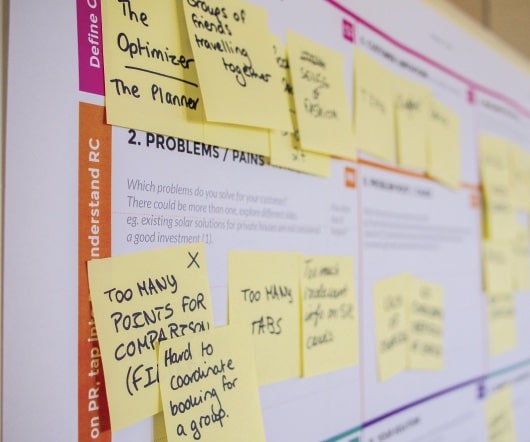Scaling Smart: Talent Acquisition Tactics for Growing MSPs
Hppy
JUNE 6, 2025
High turnover keeps disrupting operations. Successful MSP talent acquisition isn’t just about filling roles – it builds a competitive edge that affects your bottom line directly. The quality of candidates varies too much when traditional staffing depends on individual recruiters’ networks and expertise.























































Let's personalize your content